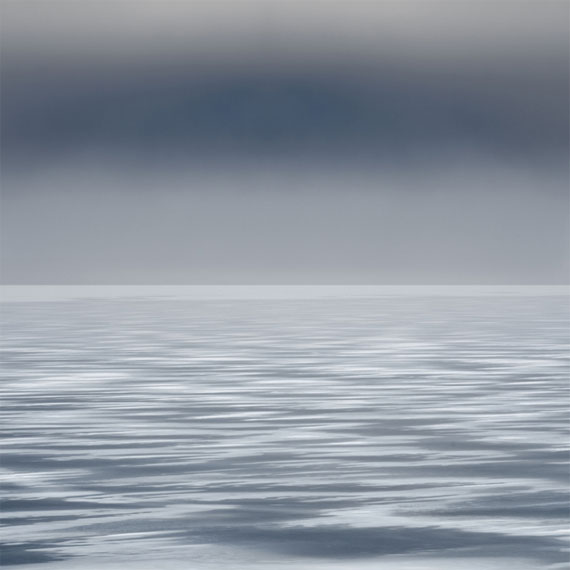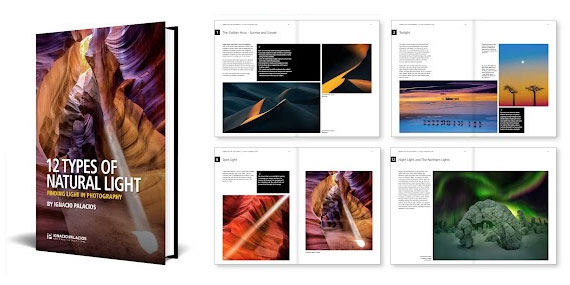Today’s article was kindly shared with us by Ignacio Palacios, author of the 12 Types of Natural Light which is designed to help photographers harness the incredible power of light.
If you don’t like strong contrast in your images, this is the light to use.
Overcast days don’t mean you can’t shoot. While a white overcast sky does nothing for grand landscape images, the lack of shadows present in diffused light is an opportunity to crop the sky out of your composition and move in closer to photograph the details. The color of this light comes from the whole sky, which acts like a giant soft-box, which in the right situation can create a very dramatic outcome.

Gelada Monkey under soft overcast light, Ethiopia.
Use the moments to photograph more ‘intimate’ images, abstracts or ‘landscapes within the landscape’, as I call it. The resultant effect will be a soft low-contrast scene. Diffused light can also take the form of a shady spot on a sunny day and it is great light to photograph waterfalls with the harshness of light having been removed, giving you the ability to create a long exposure without burning the highlights.

Frozen lake in Iceland.
Light is diffused by the presence of clouds and as this light becomes diffused and spreads out, the edges of shadows in your image start to soften. This is a mellower light, gentler on the subject. I love photographing people and wildlife when there is diffused light as it removes unattractive shadows. But as I said, this is not such a great light to use when you photograph landscapes because your images will lose dimension and texture. Don’t miss that unique landscape shot though!
For Further Training:
Creating magnificent images requires the photographer to have full control over the tools at their disposal and understanding how light works is one of the most important elements to have in your creative arsenal. Grasping how light works is complex as it bounces off some subjects, passes through others, creates large or small shadows, influences colour and has a dramatic effect on your final image.
Understanding how to harness this incredible power of light requires you to understand the concepts of position, strength and colour and our success as photographers depend on our ability to predict and choose the best light or learn to work with what we have on offer.
This is a fantastic book for photographers of all skill levels. The book is full of beautiful images along with lots of helpful tips and techniques.
Found here: The 12 Types of Natural Light Guide
Like This Article?
Don't Miss The Next One!
Join over 100,000 photographers of all experience levels who receive our free photography tips and articles to stay current:







Leave a Reply